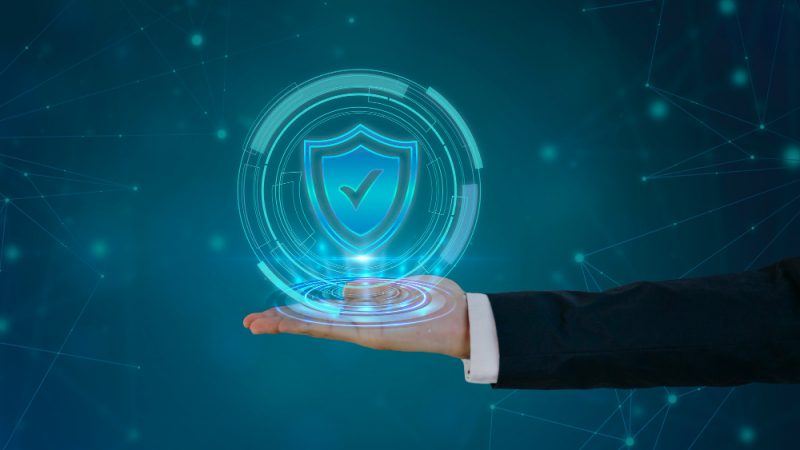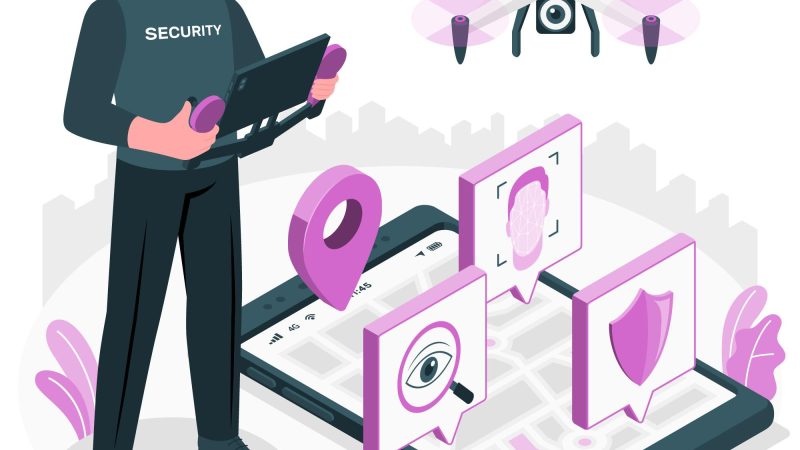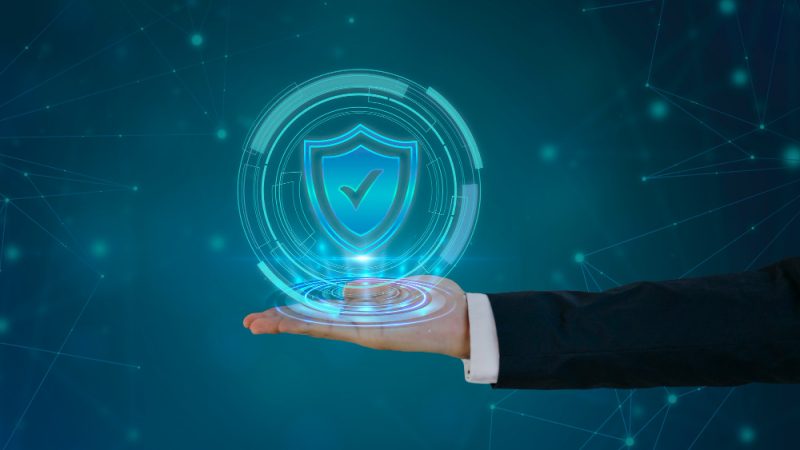Building A Strong Security Framework For Modern Enterprises

The contemporary enterprise operates in a digital ecosystem characterized by unprecedented connectivity, which in turn, presents unprecedented risks. The traditional perimeter-based security model, typically likened to a fortified castle with strong walls, has become obsolete. With the proliferation of cloud services, mobile workforces, and Internet of Things (IoT) devices, the organizational boundary is now porous and dynamic. Building a strong security framework is, therefore, no longer a matter of simply defending a network’s edge. It’s about creating a resilient, intelligent, and layered defense that protects data, identities, and infrastructure wherever they reside.
Here’s how to build a strong security framework for modern enterprises.
The Pillars of a Modern Security Framework
A robust security framework integrates multiple, interdependent pillars into a unified strategy. This layered, defense-in-depth approach can ensure that if one control fails, others can provide continuity, creating a dynamic and resilient system capable of adapting to new threats.
Below are some pillars of the modern security framework:
Cloud Security
The cloud’s shared responsibility model delineates a critical division of security duties: the provider safeguards the cloud’s underlying infrastructure, including data centers and hardware. Conversely, the customer bears full responsibility for security within their cloud usage. This encompasses protecting their stored data, rigorously managing user access and identities, and meticulously configuring their platforms and services, which are familiar sources of risk.
To effectively uphold this duty, organizations can implement Cloud Security Posture Management (CSPM) tools. These automated platforms can provide continuous surveillance, identifying and often auto-remediating dangerous misconfigurations in real-time to enforce compliance and harden the cloud environment against prevalent threats.
Comprehensive Endpoint Protection
The dramatic expansion of the remote and hybrid workforce has made every employee device a potential entry point, necessitating advanced endpoint security solutions as a foundational element of any defense strategy. Additionally, the paradigm of distributed work has irrevocably established the endpoint as the primary frontline of cybersecurity. These devices, such as laptops, phones, and IoT gadgets, are now ubiquitous gateways to corporate assets, demanding protection that transcends conventional antivirus solutions.
Modern endpoint security employs advanced tactics, including behavioral analysis to detect anomalous activities, Endpoint Detection and Response (EDR) for in-depth visibility and investigation, and machine learning to identify previously unseen threats. This technological defense must be underpinned by rigorous operational disciplines, such as consistent patch management to eliminate known vulnerabilities and strict configuration enforcement to ensure every device maintains a hardened, compliant security posture.
Data-Centric Security
A modern security strategy pivots from a perimeter-centric model to a data-centric one, recognizing that the ultimate target of attackers is the data itself. This approach begins with data classification, categorizing information by sensitivity (e.g., public, internal, or restricted) to determine the appropriate security controls. Encryption is applied universally to data, whether at rest in storage systems or in transit over networks.
Furthermore, Data Loss Prevention (DLP) systems serve as critical enforcement mechanisms, actively monitoring and blocking attempts to exfiltrate sensitive data through channels such as email or removable media. By embedding protection directly into the data, its confidentiality and integrity are preserved even if network or endpoint defenses are compromised.
Identity and Access Management (IAM)
Today, the traditional network perimeter has vanished, making user identity the foundational security boundary. A robust Identity and Access Management (IAM) system is critical for verifying that only authorized individuals can access specific resources. This necessitates the universal enforcement of multi-factor authentication (MFA) to protect against compromised credentials.
The principle of least privilege must be rigorously applied, ensuring users possess only the minimum access required for their roles. For highly sensitive administrative accounts, Privileged Access Management (PAM) solutions can enforce strict controls and just-in-time elevation, mitigating the risk posed by these high-value targets for cyber adversaries.
Network Security
In modern enterprises, the network perimeter is no longer a single boundary, but it remains a vital defensive layer. Next-Generation Firewalls (NGFWs) form its cornerstone, offering deep packet inspection, intrusion prevention, and application-level control. A critical strategy is network segmentation, which divides the network into isolated zones to contain potential breaches and thwart lateral movement by attackers. This approach is powerfully augmented by Zero Trust Network Access (ZTNA), a model that fundamentally assumes no trust is given. ZTNA mandates strict verification for every access request, granting users connectivity only to specific authorized applications, not the broader network, thereby minimizing the attack surface.
Security Monitoring and Incident Response
A proactive security posture requires relentless, around-the-clock vigilance, a function typically managed by a Security Operations Center (SOC). The SOC’s effectiveness is powered by a Security Information and Event Management (SIEM) system, which aggregates and correlates log data from across the entire digital estate to detect anomalous activities that signal a potential incident. This capability for early detection is only half the battle as it must be paired with a comprehensive, well-rehearsed Incident Response (IR) plan. This documented plan can provide a clear, actionable roadmap for roles and procedures to contain, eradicate, and recover from a breach, thereby minimizing operational disruption and financial impact.
Third-Party and Supply Chain Risk Management
Modern enterprises are deeply interconnected with a vast ecosystem of external vendors, software providers, and partners, representing a potential attack vector. A comprehensive security framework must extend to third-party risk management. This involves conducting rigorous security assessments of vendors before integration and continuously monitoring their security posture. Contracts should also explicitly define security responsibilities and breach of notification protocols.
By managing supply chain risks, organizations can prevent threat actors from exploiting weaker security postures in partner organizations to gain unauthorized access to their own networks and sensitive data, thereby closing a critical vulnerability gap.
The Human Element: Cultivating a Security Culture
Technology alone cannot guarantee security, as the human element is typically the most vulnerable target. However, when properly empowered, employees can become a critical defensive asset. A continuous, engaging security awareness program is essential, moving beyond annual lectures to teach practical skills like identifying phishing emails and managing credentials securely.
Regular simulated phishing tests can provide tangible metrics for improvement and build practical resilience. Ultimately, the goal is to foster a pervasive culture of shared responsibility, where every team member is vigilant and proactive, thereby transforming the workforce from a potential security liability into a robust human firewall.
Conclusion
Building a strong security framework for the modern enterprise is a complex, ongoing journey, not a one-time project. It requires a strategic blend of advanced technologies, clearly defined processes, and a deeply ingrained security culture. By keeping the information mentioned above in mind, organizations can build the resilience needed to navigate the digital age. This holistic strategy enables businesses to leverage new technologies for growth while effectively managing the associated risks, ensuring long-term stability and trust.






